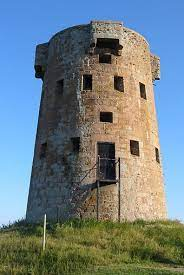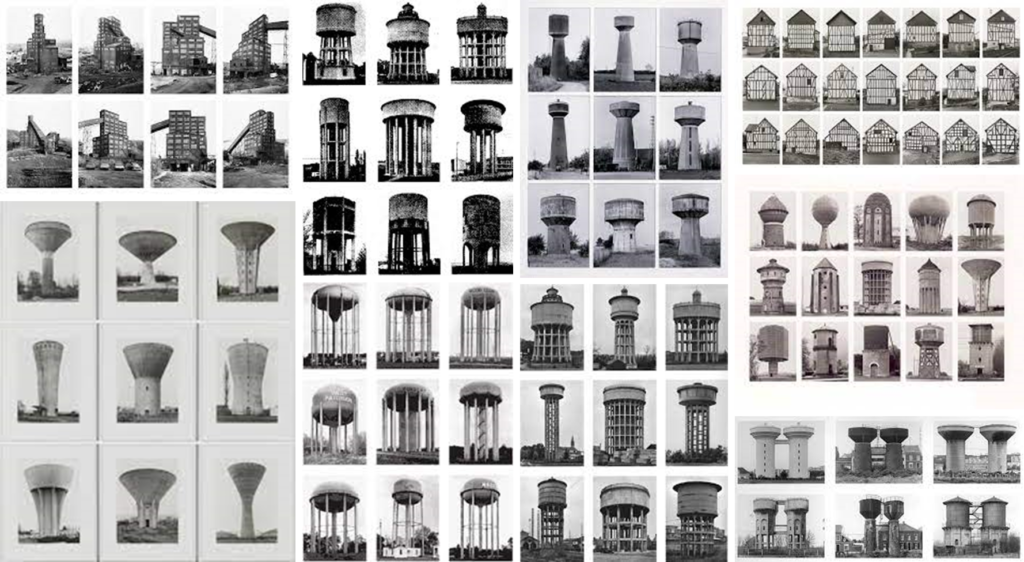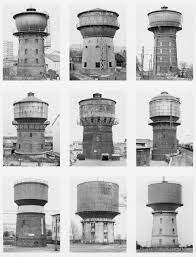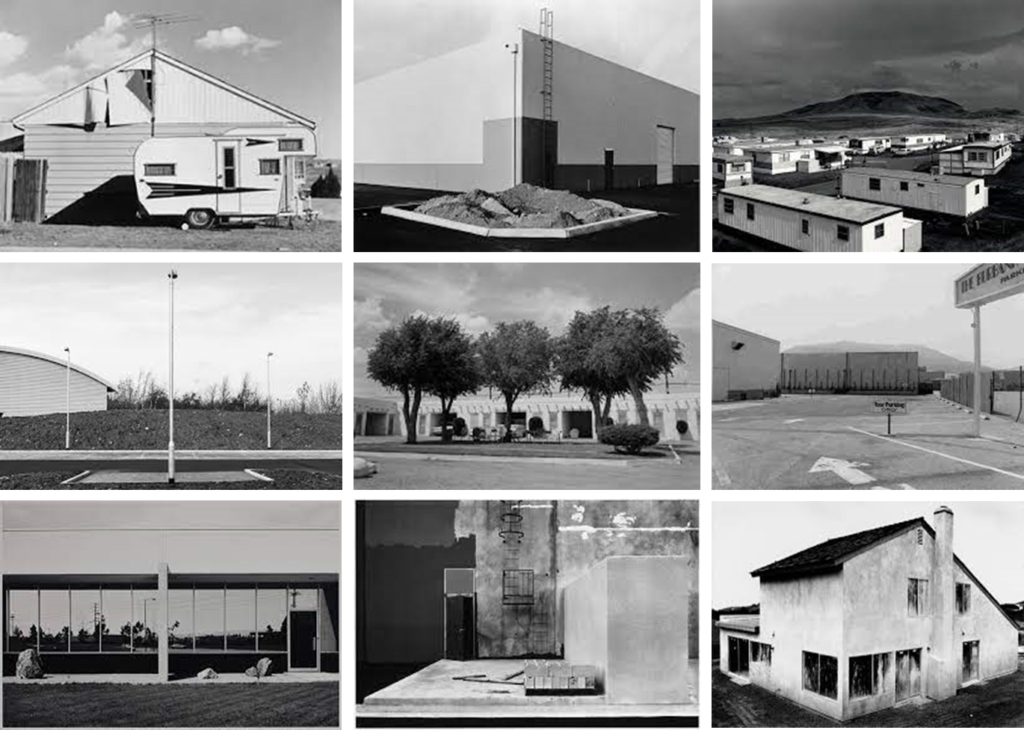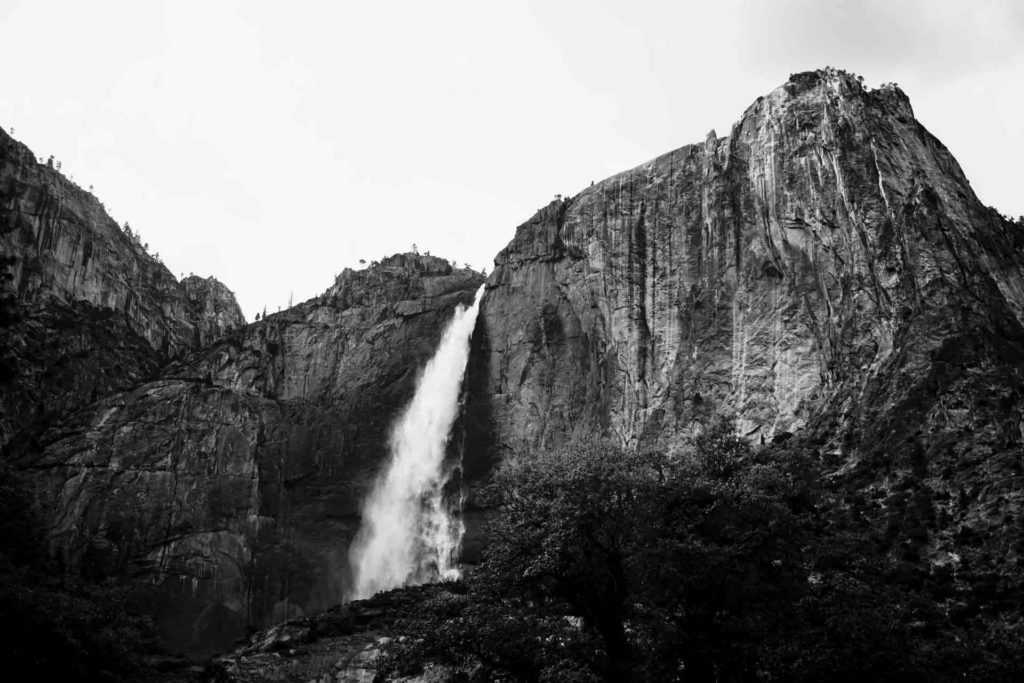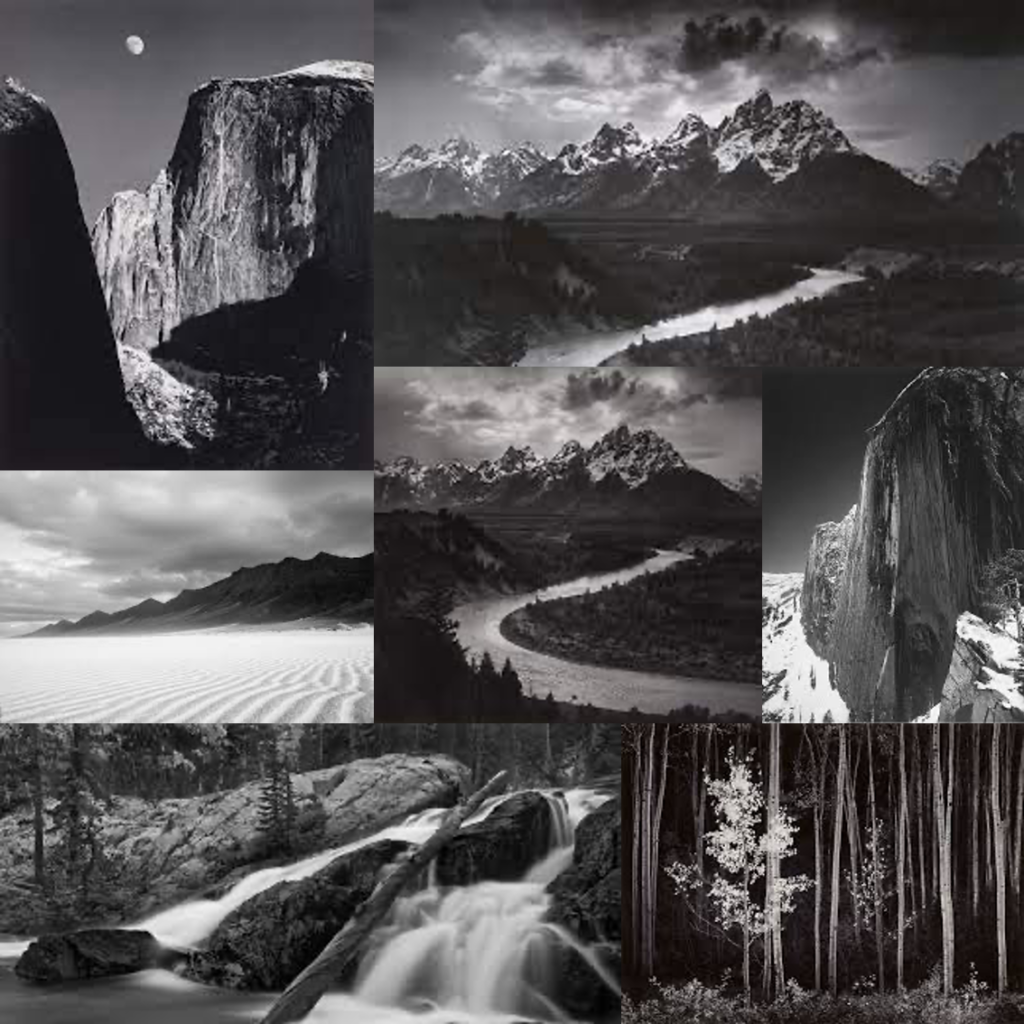
Who was he:
John Constable was an English artist who painted different landscapes in the romanticism era, focusing on the Suffolk countryside. He believed that painting was another word for feeling meaning that he was very passionate about painting and it was what he loved. John made some very famous paintings which were mainly sold in France when it was embraced over there. His work was also an inspiration to the Barbizon school. Within John’s work he included different styles such as freshness of light and touch of colour. His paintings had the aim to capture the ordinary life in that time period of farming, wild landscapes etc.
About the image:
In the image you can see there is some buildings which belonged to the people who the man in the photo worked for. This kind of work was very common int hose days, where most people worked for richer people, doing their jobs such as keeping their houses/ gardens in top condition etc. The painting was awarded a gold medal by Charles X at the Paris salon. It was later donated to the National Gallery in 1886.




